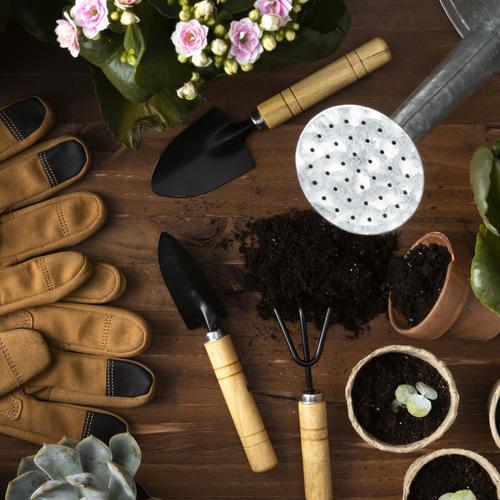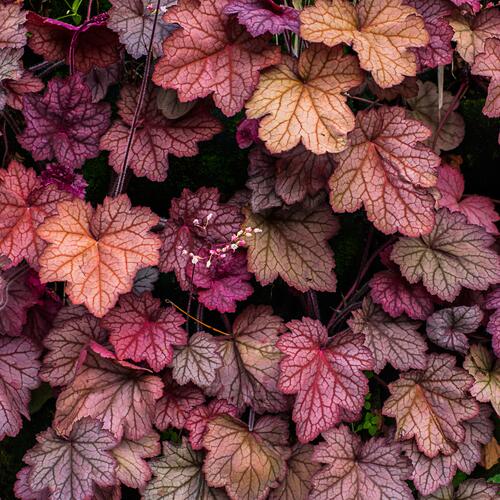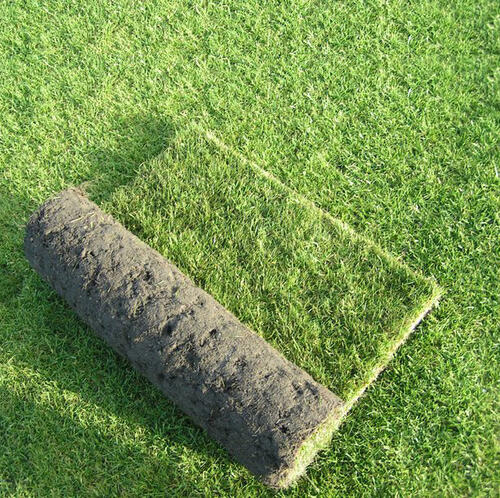Shade-loving Plants
Shade-loving Plants
Now that we are inching closer and closer to winter, many of you may think that gardening season is over, but that couldn’t be further from the truth. In fact, we want to share with you, our process of planting winter/shade-loving plants and give you plenty of inspiration on what kind of things you can plant to create a vibrant winter garden.

How to Grow Shade-loving Plants
To ensure that you have the best, most enriching environment for your plants you need to ensure that you have good quality soil. There are a few ways to go about this; you can either completely refurbish the area or add new soil, we recommend our Wessex® BS3882 10mm Soil or Wessex® Borders & Beds Topsoil for this type of garden project.
If you are happy with the Soil that you already have and just want to reinforce it further, you can replenish and rejuvenate it with some compost and mulch. Here at Stone Zone, we have 2 different Composts; the Peat-Free Multipurpose Compost and the Soil Improver Compost. Depending on what you want for your soil, both of these composts are an excellent choice. You can also add natural mulch to the plant bed as that will help the soil regulate temperature and water retention.
The next step is to add wood ash to the plant bed in order to increase the amount of potash in it. This is important as potash encourages plant growth for shade-loving plants. We suggest you don’t skip this step as you want to ensure that your plants get all the nutrients they need to grow and survive.
One more thing you need to do before you start planting is to get yourself a garden fork and poke holes through the soil carefully. This is needed to make sure that the plant roots have space to spread within the soil.
Once that is done, you are ready to plant your shade-loving plants. There are so many for you to choose from. You can choose from plants like the Snake Plant if you are looking for something green; the Wax Begonia for some pops of colour in your garden; the Paradise for something a little more extravagant, the list is endless!
Please remember to add roughly 75mm of Woodland Mulch to the soil beds once you have placed your plants where you want them. As we mentioned before natural mulch is an effective way to protect your shade-loving plants.
Plants and flowers aren’t the only things you can grow in a shady environment. You can even plant a range of delicious vegetables. Some examples of what you can grow are carrots, beetroots, radishes and more. This means you will always have fresh produce in your garden, no matter the season.

Benefits of Shade-loving Plants
Increased variety
As we have mentioned before, there is a wide range of plants, flowers and produce that you can plant that thrive in a colder or shadier environment. To add to this, you can also grow these plants during warmer seasons as long as they are placed in a darker area. This will give your garden the chance to house a range of plants and flowers that do well in different environments all in one place.
Better water retention
As a result of the lack of direct exposure to the sun, your plants and soil won’t get any direct heat pointed at them, which therefore means that the water is the soil and the plants themselves don’t evaporate as quickly as they usually would. As an added bonus, because they retain water so well, you won’t need to water them as frequently, therefore saving you a lot of time and effort.
Low maintenance
One of the best attributes of shade-loving plants is the fact that they are low maintenance. As we stated before, these plants don’t need as much watering which will save you oodles of time. One thing we do suggest is that you water the soil bed thoroughly before adding the mulch, this way you will ensure that the moisture will be properly retained.
Fewer Weeds
Finally, we know that a plethora of plants love the sun, weeds are no exception. Weeds are far more prone to grow during warmer weather in sunny spots in your garden. So, during the winter time when it’s a little bit gloomier and the strength of the sun’s heat is lower, you will see fewer weeds sprouting from your garden, which not only will keep your garden looking fresh but will also save you the effort of de-weeding your garden too frequently.

Garden Design Ideas
Fresh turf
Autumn is the perfect time to lay fresh turf therefore once the season starts to get colder you will have fresh green turf alongside a whole host of plants that thrive in colder, shadier weather. Your garden will look vibrant and blooming until next Spring, easily.
Garden Borders
Adding plants around the garden as borders is a simple yet effective idea to instantly level up your garden. This way, you are creating an attractive feature surrounding your garden with fresh plants that will compliment your patio or soft landscaping perfectly.

